“The Japan team is free to create guitars with a fresh perspective”: Fender Japan remains a mystery to the western world. I went behind the scenes and found out why its guitars are so radically different – and what’s stopping them reaching the US
Fender Japan makes some of the iconic guitar firm’s most exciting products, but we know very little about how it operates… until now
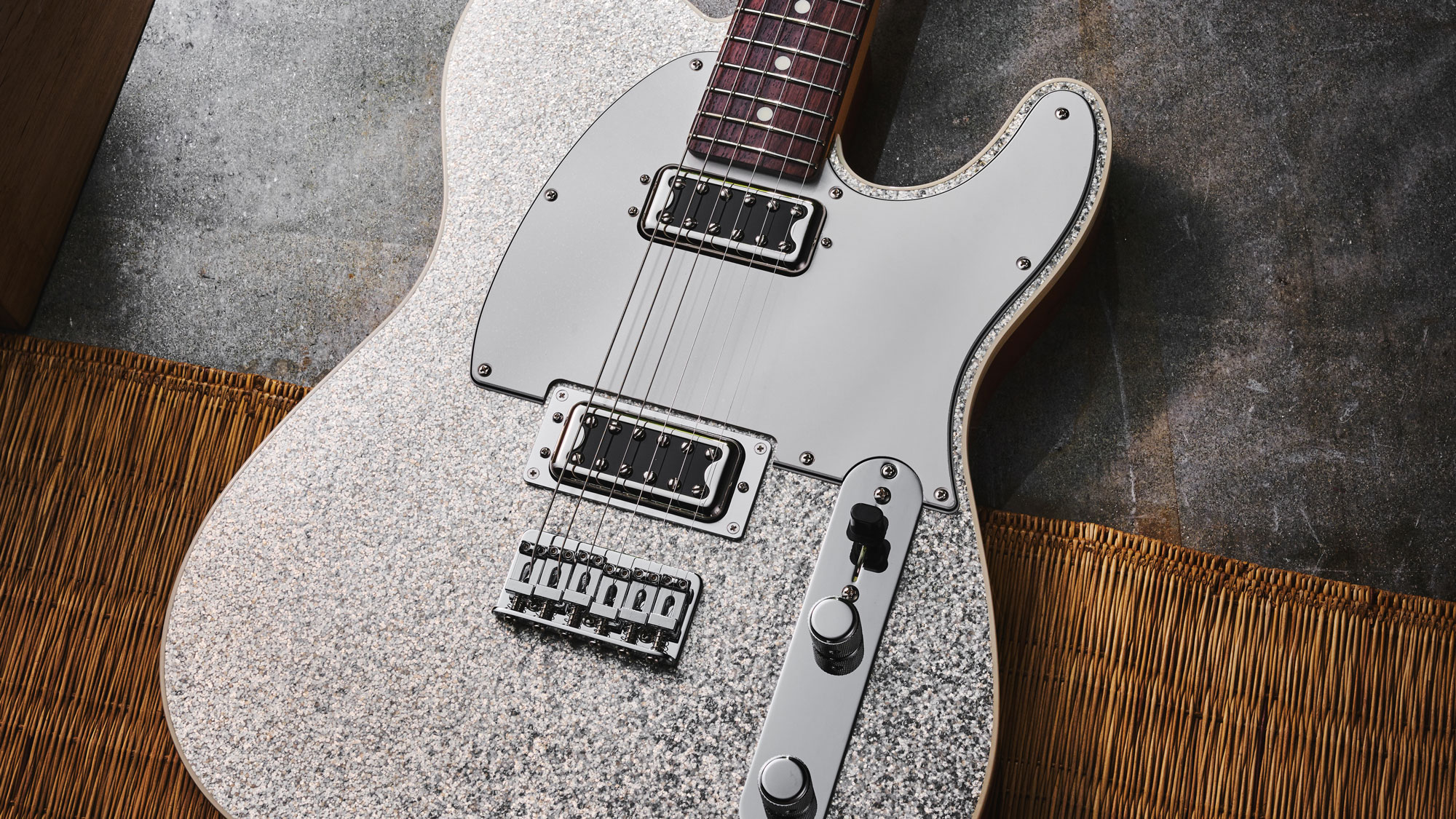
Fender is a historic American brand and many of its most prized instruments are still built in California. Yet some of its most hotly discussed releases originate from the other side of the world.
Fender Japan is unafraid to toy with US outlines old and new, while drawing from traditional Japanese culture, videogames and Fender’s own rich catalog to produce electric guitars that are reliably much more than ‘just another Strat or Tele’.
Sometimes it’s purely a visual tweak, as per the cherry blossom-themed Sakura Telecaster. It could be reviving under-appreciated Fender models from the past and making them desirable again, as it did with the Cyclone. And sometimes it’s completely reworking classic outlines in a contemporary image, with the Modern and Elemental Series.
These concessions to modernity appeal to my own playing preferences, and led me to snap up the limited-edition Elemental Jazzmaster – a contemporarily spec’d snow-white beauty that’s emblematic of the company’s devotion to modernization of Leo Fender’s traditional designs.
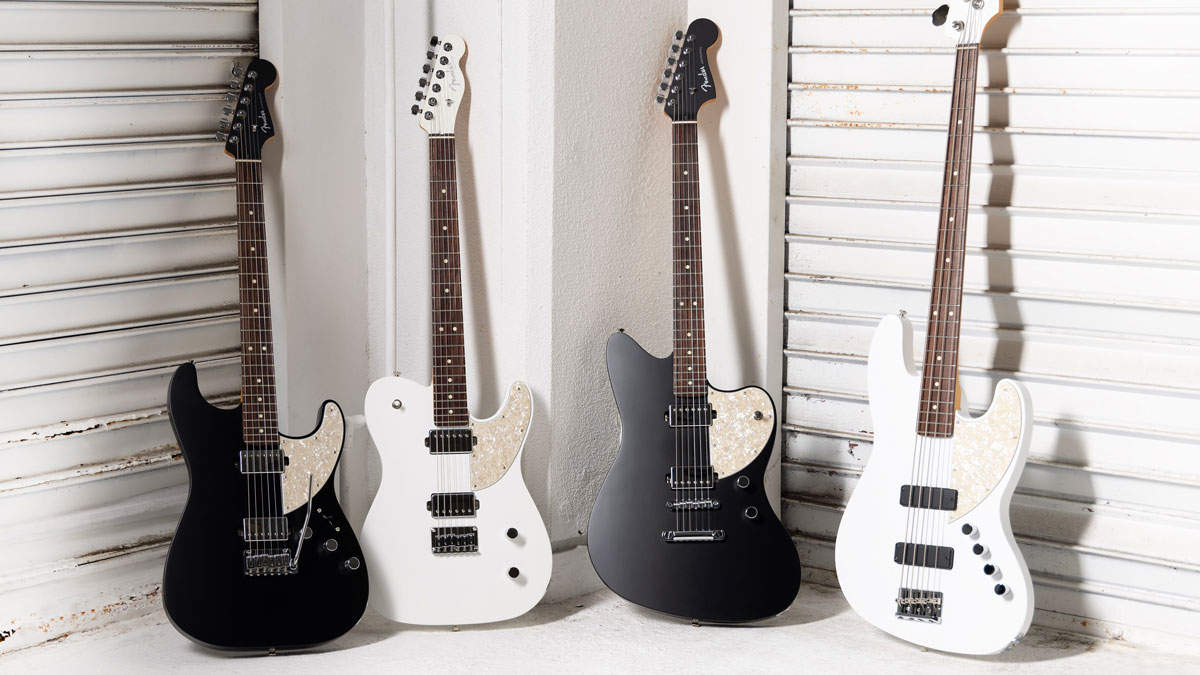
Yet Fender Japan remains something of a mystery to guitarists in the west. New releases are typically Japan-exclusive – something for Reddit to debate without much hope of holding one in their hands.
So when I fulfilled a lifelong dream of traveling to Japan on vacation, I marched straight to Fender Flagship Tokyo – the only Fender store in the world, and stockist of these beautiful MIJ creations – to understand how Fender’s most mysterious division operates.
I wrote about my experiences at the store – and how it could change the future of guitar retail – in a previous article, but while I was there, I also quizzed Edward ‘Bud’ Cole, Fender’s Asia-Pacific President on Fender Japan’s inner workings and plans for the future.
All the latest guitar news, interviews, lessons, reviews, deals and more, direct to your inbox!
Later, I followed up with Product Management Director Masato Fujikawa to get the lowdown on what sets Fender Japan instruments apart from their USA counterparts – and why they have such a fanatical fanbase.
A post shared by Guitar World (@guitarworldmagazine)
A photo posted by on
Made in Japan
Fender has over four decades of history in Japan. After companies including Tokai, Greco and Fernandes began making more affordable domestic copies of US-built Fender guitars (often referred to as ‘lawsuit guitars’), Fender Japan was established in 1982 to offer guitar players the real deal at competitive prices.
The FujiGen Gakki factory was chosen to produce the guitars, including the very first budget Squier models. When CBS sold the company in 1984, Japan was the only country in the world producing Fender guitars. It kept the name alive, and in 1990, select FujiGen workers were flown out to Mexico to train staff at Fender’s new facility in Ensenada.
Japanese production continued in the years that followed, switching over to the Dyna Gakki factory in 1995 (aka the ‘Crafted in Japan’ era, owing to the text on the rear of the headstock). But Fender’s focus was elsewhere, with Mexican, Indonesian and Chinese factories taking over more of its offshore production – the company’s Japanese output was no longer a priority.
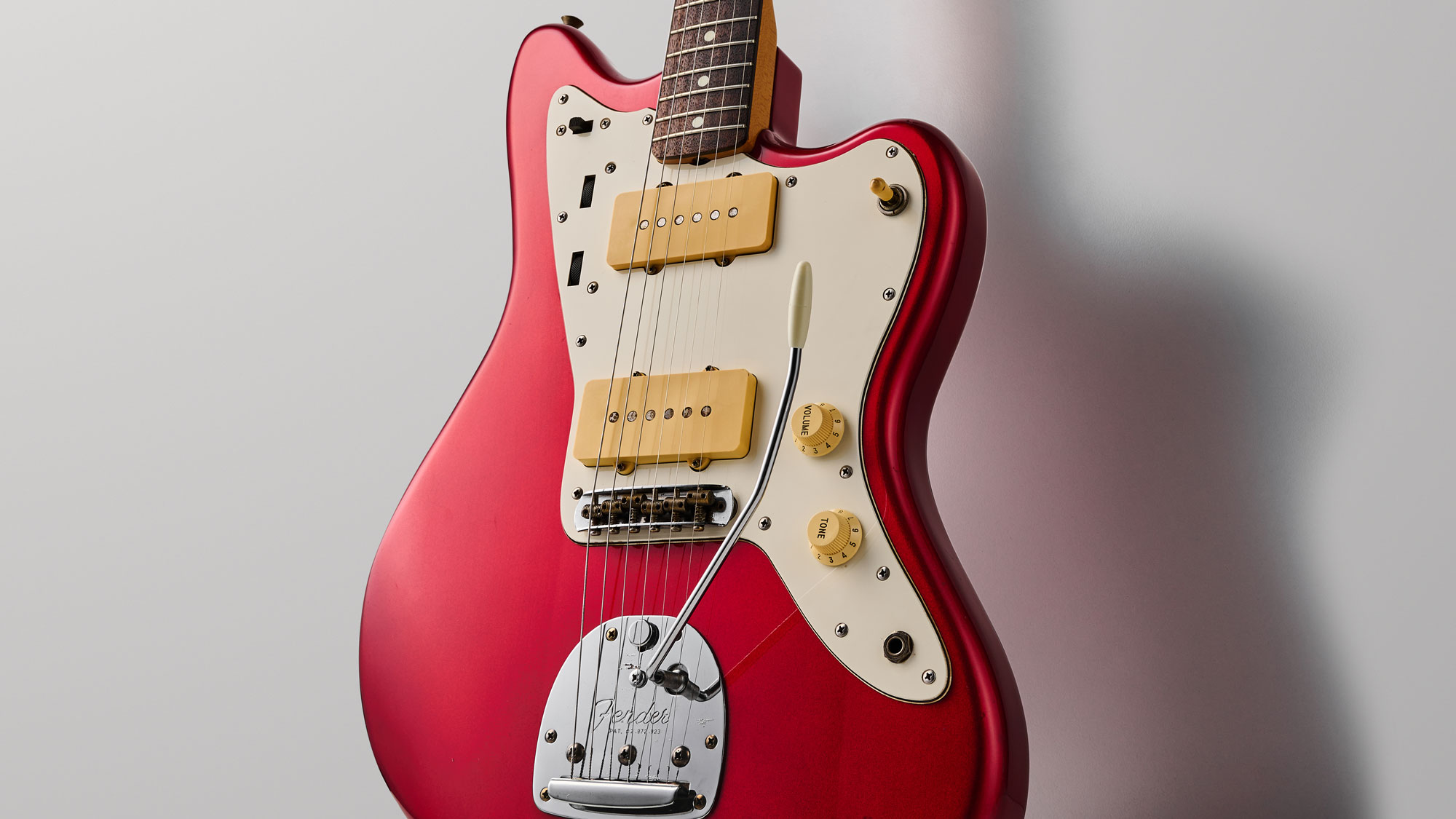
That was until 2014, when the decision was made to begin Fender Japan anew – and Edward ‘Bud’ Cole, who was then president of Ralph Lauren’s Japanese division – was headhunted as the man for the job.
“Asia at that time was – with all due respect because our American business and our European business was so big – a bit of an afterthought for Fender,” Cole tells me during our conversation at Fender Flagship Tokyo.
“We had a couple of distributors here in Japan and we did a little bit of business at that time. But they came to me and they said, ‘We really, really want to get serious about our business in Asia Pacific. We want to bring rhyme and reason behind it.’”
With that heritage in mind, Cole set about plotting Fender Japan’s return, scrawling out his plans – including a high-profile retail space – on a whiteboard in his basement.
“The natural evolution over time to what you’re seeing here today was the dream that we had back in 2014,” he tells me.
One man revolution
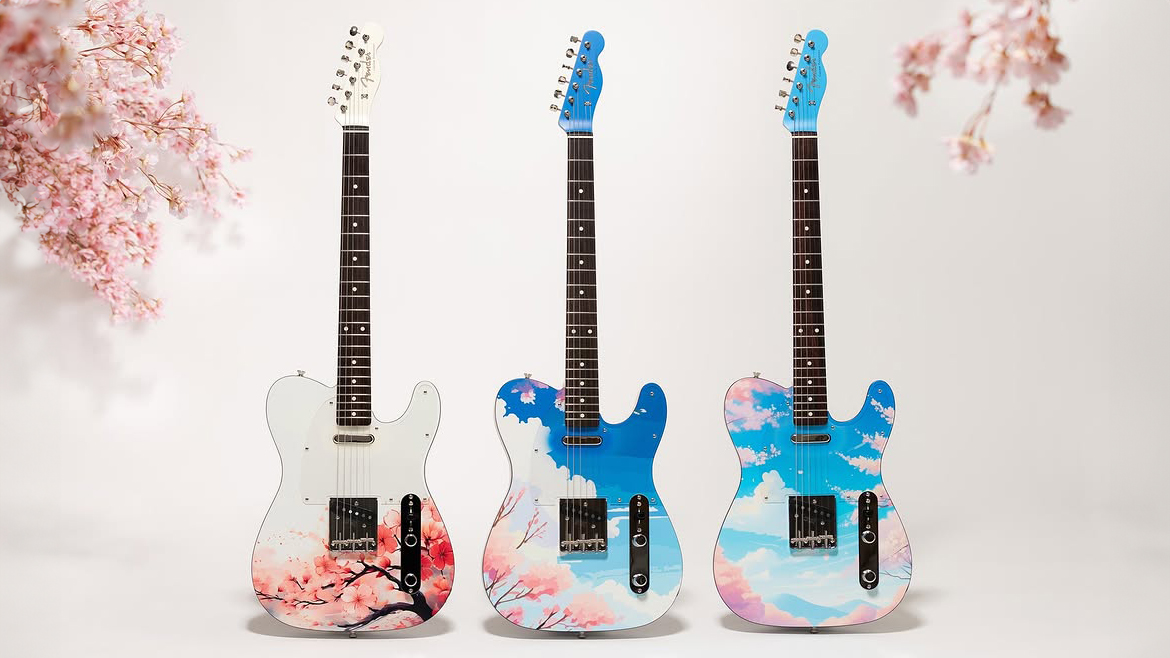
Part of that dream was original guitar designs, built in Japan – and since 2020, all of Fender Japan’s designs have been conceptualized and driven by one man: Product Management Director Masato Fujikawa.
Fujikawa takes a different approach to Fender US, which tends to have one foot in recreating what Leo Fender did in the past. Fender Japan looks to the here and now.
“We always ask ourselves, ‘What would Leo Fender do if he were designing a new guitar today?’” Fujikawa explains. “This guiding question inspires us to push boundaries and create fresh designs.”
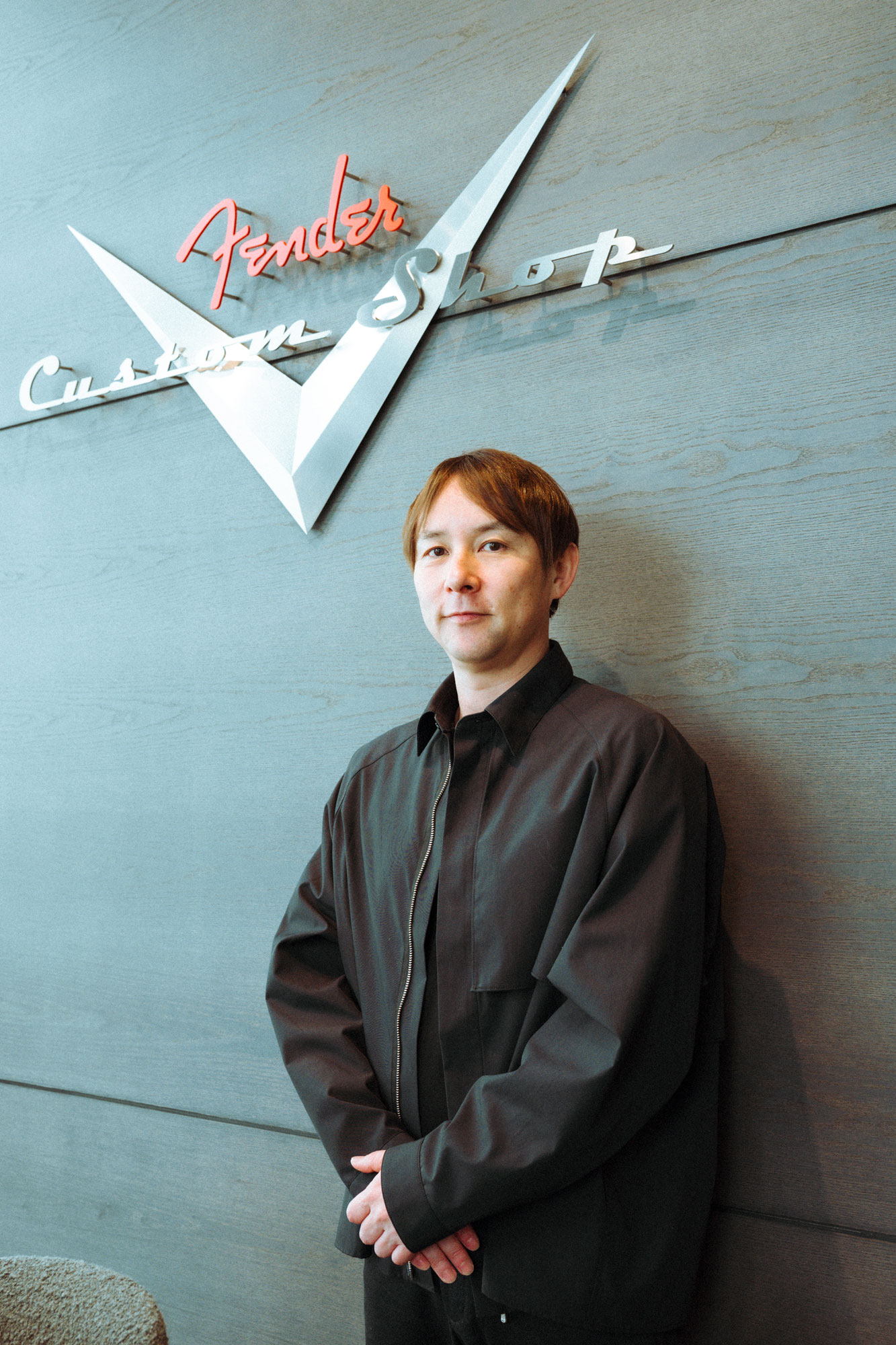
With three core values in mind – that FJ’s guitars are “cool, simple to use, and highly functional” – Fujikawa’s creative vision is allowed to run free, taking around 18 months from concept to final production, where the end product is crafted by a dedicated team of employees from diverse guitar-building backgrounds.
With fewer head chefs stirring the pot, Fujikawa’s vision is allowed to breathe wholesale. Case in point: the MIJ Starmaster. A wild combination of Starcaster and Jazzmaster specs, it is perhaps the ultimate offset curio – and one of the guitar designer’s favorite recent projects.
“The idea actually started from a casual conversation with a fellow Fender enthusiast at work,” he recalls. “We were talking about how cool it might look to pair a Starcaster neck with a Jazzmaster body. But I felt that just combining those two elements wasn’t enough – it needed something more.
“While looking at my Jazzmaster hanging on the wall at home, I had a thought: what if we incorporated the flowing, grooved design of the Starcaster’s headstock into the body shape as well? That could make the design even cooler and more cohesive.”
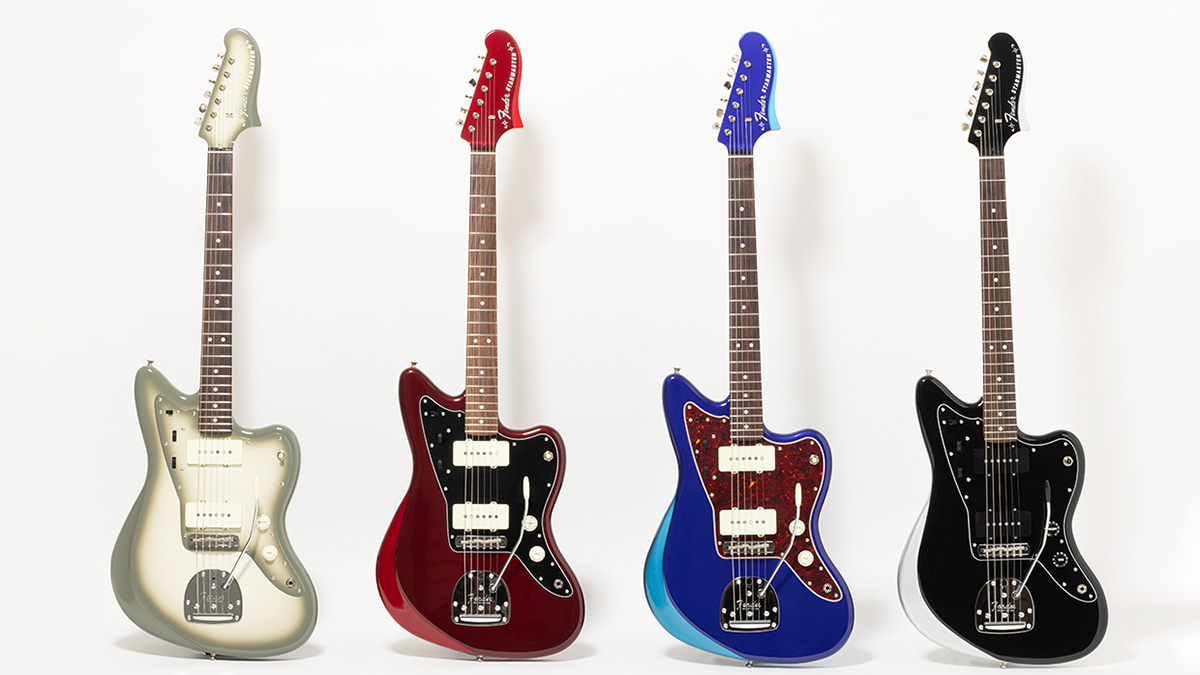
Fujikawa’s encyclopedic guitar knowledge informs many of these designs – pulling from the Gretsch archives for the Sparkle Telecaster (pictured at the top of this article), for example – but so too does his awareness of the needs of Asian players.
To that end, the Made in Japan Junior Collection was “carefully designed based on extensive research into the physique and playing styles of Japanese musicians,” he says, achieved “by scaling the body size down to 94 percent of traditional models and incorporating a newly designed body cavity for weight reduction.”
Yet even as some of its designs push classic Fender outlines to the limit – the Elemental and Modern series, or Miyavi and Scandal’s signature models come to mind – there is no hesitation from Fender Japan, or Fender as a whole, about playing with these conventions.
In fact, as Fujikawa tells it, it’s the US team’s dedication to core Fender values that enables the Japanese team to offer a different take on its designs.
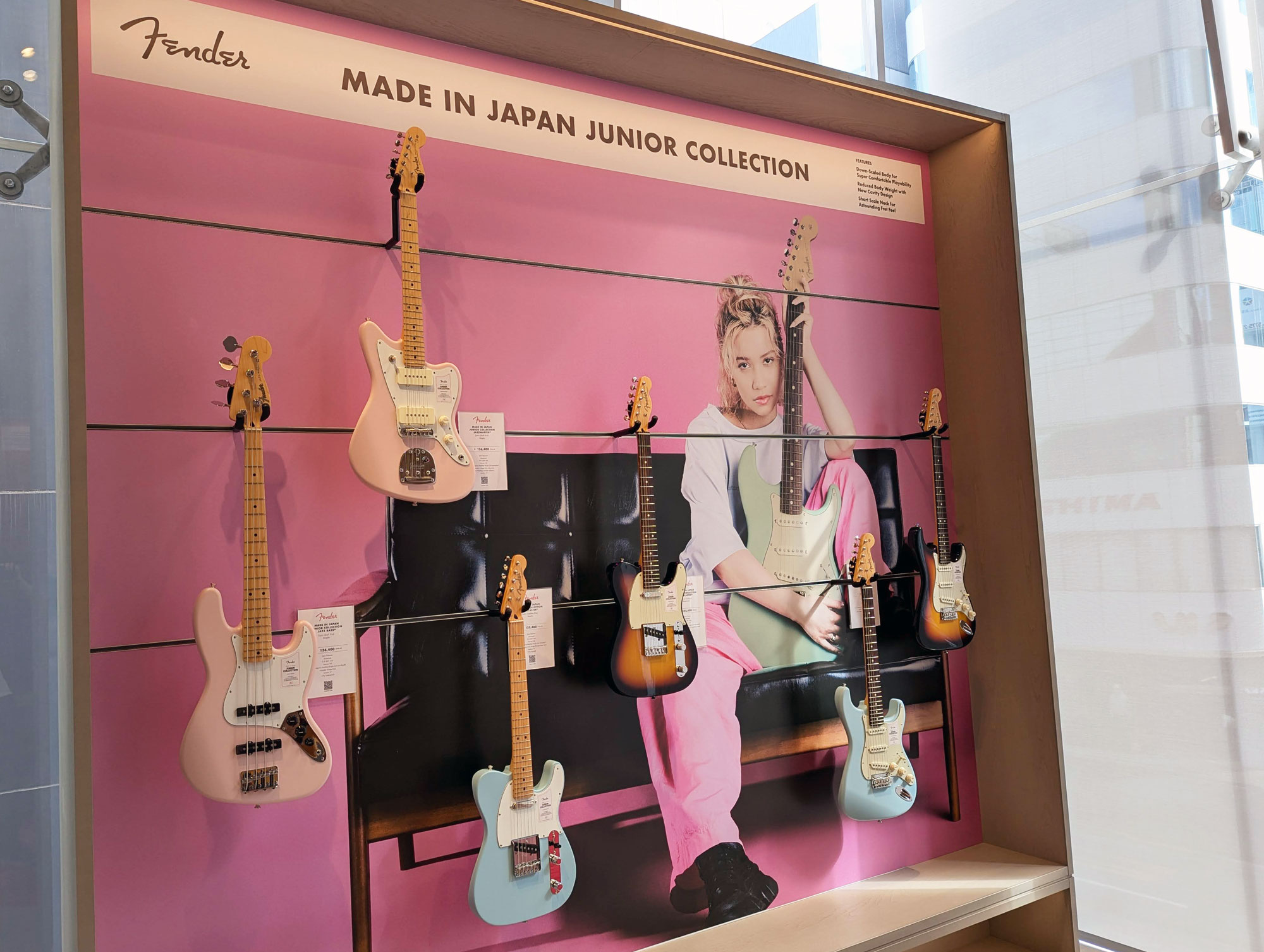
“The US team consistently weaves Fender’s timeless DNA into its core product lineup, and because of that solid foundation, the Japan team is free to approach things from a different angle and create products with a fresh perspective,” he says.
“This is something I could never achieve alone. Collaboration and teamwork are essential values that I hold dear.”
Collaboration with outside firms is a big part of FJ’s ethos, too. Its videogame-inspired guitars – Final Fantasy and Monster Hunter among them – attract headlines outside of the guitar world. Multiple fashion designers have had their way with the Telecaster. And, of course, there are the now-iconic Hello Kitty models. Nothing is off limits.
A uniquely Japanese mindset
But Fender Japan’s designs are known for more than breaking the mold. They’re praised for their craftsmanship, too.
At this stage, it’s important to note that MIJ guitars are produced in two factories: as of 2020, products planned for the US and global market are manufactured at Fujigen. But guitars made primarily for the Japanese market are built “in a trusted factory in Nagano” (Fender does not publicly disclose the factory name).
It’s these models, produced in this secret factory, that are whispered about in guitar circles, perhaps now more than ever. But what exactly sets a Fender Japan guitar apart?

Cole says the differences between MIJ and MIA Fenders are small – but as guitarists know, these add up.
“The Japanese seem to love the way we finish the necks here,” he says. “I would say that there’s more finishing, which gives them a glassier finish and coating.”
“One of the hallmarks of Japan-made instruments is the precise fit of the neck pocket, Fujikawa adds, “leaving no gaps and providing a seamless connection. This level of attention to detail reflects a uniquely Japanese mindset and craftsmanship.”
Unless they’re specifically aimed at replicating vintage specs, the pickups, too, receive a distinct treatment that sets them apart from the US models.

By thoroughly understanding the unique qualities of US-made pickups, we can create something slightly different
Masato Fujikawa
“We also make deliberate adjustments to ensure the pickups used in Japan-made models have distinct characteristics from those made in the US,” Fujikawa confirms.
“By thoroughly understanding the unique qualities of US-made pickups, we can create something slightly different, giving our instruments their own identity.”
Cole describes the sound as slightly brighter than western Fenders, but from my own experience with a range of current MIJ Fenders, I’d describe it as more transparent, too.
Like the aesthetics of the guitars themselves, the sound of the instruments are less dogmatically rooted in Fender’s past. They’re more neutral and contemporary, with less of the distinctive treble spike or quackiness that you might find in certain pickup positions on a conventional Strat or Tele.
That won’t win over traditionalists, but many players will appreciate that they’re usable without any tweaking – and that goes back to Fujikawa’s criteria for the guitars he works on: functionality and ease of use.
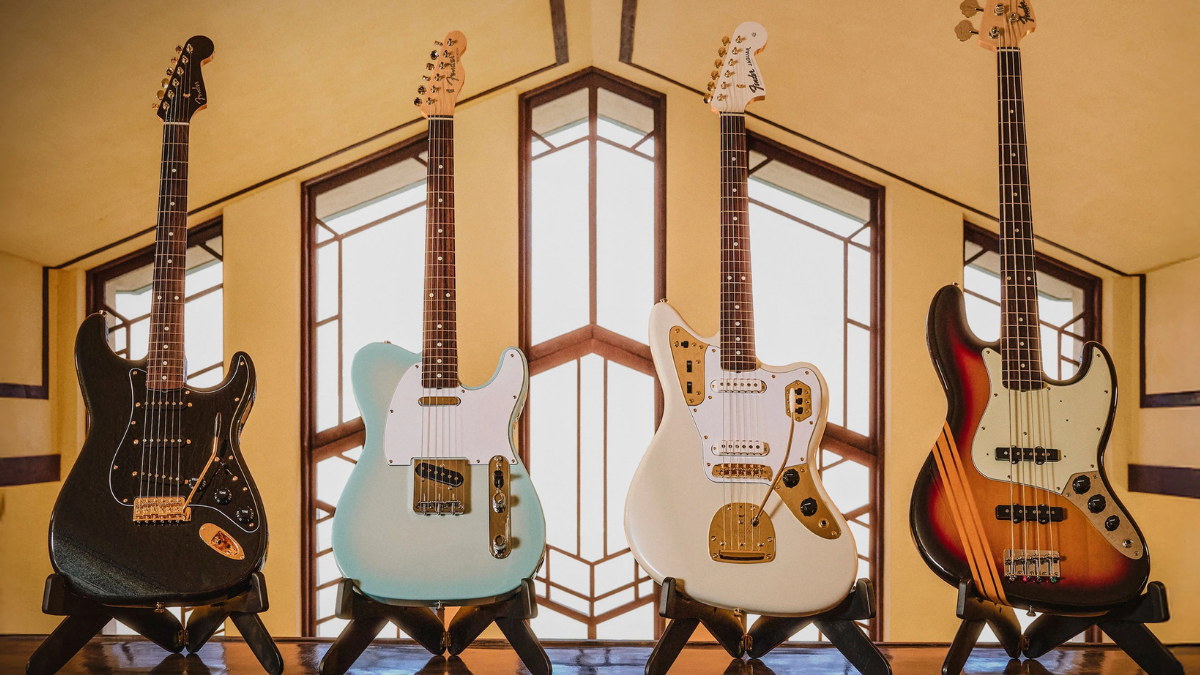
The build quality, too, contributes towards these aims. The attention to detail on MIJ Fenders is meticulous, from the finishing down to the playability.
It’s the reason why series such as the Made in Japan Traditional Collection and Hybrid II exist; while they are more conventional in appearance, their construction and specification is inspired by that lauded original era of Fender Japan – and given that legacy, Fujikawa is aware he has a reputation to uphold.
“Each [guitar] is crafted by skilled Japanese artisans in local factories,” he says. “The precision, delicate finishes, and exceptional quality have earned high praise from musicians both in Japan and around the world.
“I am fully aware of the responsibility that comes with carrying the Fender name, and while there is always pressure to build a product lineup worthy of that legacy, I also find it incredibly rewarding.”
Going global

Outside of Japan, even within Fender, there’s a feeling that Fender Japan is very much a separate entity, operating outside of the US firm’s orbit. But Cole says the international divisions speak more often than you would think.
“There’s not a guitar that we've ever made here in Japan that our product team, our marketing team, and I’d like to think our sales team, wasn’t aware of,” he says.
“But by the nature of the fact it was made specifically for this market, it was never going to get outside of Japan, unless people travelled over here – and I urge people to do it, because it’s such a wonderful place.”
There’s a limited amount of products that we can make for made-in-Japan right now. And we hope that will increase over the years
Edward ‘Bud’ Cole
Any MIJ guitars that do make it outside of their country of origin are planned from the outset. 95 percent of the models manufactured in Japan are sold there, so anything that gets shipped over to the US, Europe or Australia will have been planned out years in advance. Fender US is very much in the loop.
Given the surge of interest in MIJ guitars, and Fender’s own expansion in Asia, we wonder what’s holding the company back from bringing more over to the rest of the world. Cole is candid on the current limitations of the company’s shared Nagano factory – but hints towards a ‘watch this space’ development.
“We’re just constrained by how much we can actually make in this market for Japan and for the rest of the world,” he explains. “There’s a limited amount of products that we can make for made-in-Japan right now. And we hope that will increase over the years, because we know that there are people all around the world [who want these guitars].”
A post shared by フェンダーミュージック株式会社 (@fender_jp)
A photo posted by on
Fender Japan’s Monster Hunter Series – a tie-in with the popular videogame – is a rare example of a Japan-designed project that was made available globally on March 20, and could mark the beginning of a new unified release schedule for the firm.
But for now, it’s the passion and vision from Fujikawa and his team that keep guitarists in the west hooked to Fender Japan’s social accounts, eager to see what’s on the horizon from this parallel Fender universe where you never quite know what’s coming next.
“Made in Japan models are designed with a strong focus on balancing respect for Fender’s tradition with modern interpretations that resonate with today’s players,” he says.
“Leo Fender himself was always pushing the boundaries of design and innovation. We are committed to carrying that spirit forward.”

Mike has been Editor-in-Chief of GuitarWorld.com since 2019, and an offset fiend and recovering pedal addict for far longer. He has a master's degree in journalism from Cardiff University, and 15 years' experience writing and editing for guitar publications including MusicRadar, Total Guitar and Guitarist, as well as 20 years of recording and live experience in original and function bands. During his career, he has interviewed the likes of John Frusciante, Chris Cornell, Tom Morello, Matt Bellamy, Kirk Hammett, Jerry Cantrell, Joe Satriani, Tom DeLonge, Radiohead's Ed O'Brien, Polyphia, Tosin Abasi, Yvette Young and many more. His writing also appears in the The Cambridge Companion to the Electric Guitar. In his free time, you'll find him making progressive instrumental rock as Maebe.
You must confirm your public display name before commenting
Please logout and then login again, you will then be prompted to enter your display name.

